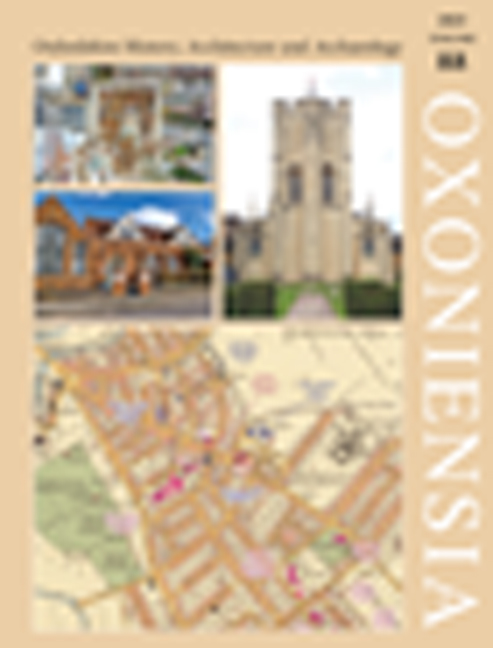Neolithic Occupation, a Later Bronze Age Enclosure and Other Remains East of Southam Road, Banbury
Published online by Cambridge University Press: 15 May 2024
Summary
SUMMARY
Archaeological excavations in 2015 to the east of Southam Road, Banbury revealed Neolithic occupation evidenced by two episodes of pit digging (separately associated with Grooved Ware and probable Peterborough Ware pottery). A substantial subcircular ditched enclosure can only be broadly attributed to the later Bronze Age. Within the enclosure, remains of post-built roundhouses, gullies, and small pits had suffered truncation from historical ploughing but indicate a settlement function. However, the precise chronology of its development is uncertain due to the limited quantity of datable finds, and their concentration in a small number of contexts. Later periods are represented by three cremation-related features dated to the Romano-British period, as well as a medieval hollow way and traces of ridge and furrow cultivation associated with Hardwick deserted medieval village, which lies immediately south of the site. Other ditches indicate land division of more than one phase, though these were not securely dated.
The excavations to the east of Southam Road, sponsored by Bellway Homes Limited, formed the final phase of a programme of archaeological work undertaken by Wessex Archaeology between 2011 and 2015, prior to the development of the land for housing called Hanwell View. A desk-based assessment was initially carried out, followed by geophysical survey which identified a large subcircular enclosure in the south-east of the site, along with other anomalies of potential archaeological interest and linear trends from ridge and furrow. Subsequent trial trenching uncovered ditches, gullies, pits and postholes in twenty-five of the fifty-five excavated trenches. Though most features did not yield datable finds, a Neolithic pit containing a large quantity of Grooved Ware pottery was excavated, along with several ditches and gullies, which produced small amounts of Bronze Age and Romano-British pottery, as well as worked flint. A trench targeted on the south-west quadrant of the large subcircular geophysical anomaly revealed a ditch containing middle Bronze Age pottery, though the evaluation did not identify the eastern extent of the predicted enclosure.
Following consultation with the Planning Archaeologist for Oxfordshire County Council and archaeological advisor to Cherwell District Council, a mitigation strategy proposing five separate excavation areas (A–E) was approved. The excavation was undertaken between February and March 2015 during challenging weather conditions, including rain and snow. An initial assessment of the excavation results, incorporating proposals for further analysis and publication, was produced in September 2015.
- Type
- Chapter
- Information
- Oxoniensia , pp. 109 - 162Publisher: Boydell & BrewerFirst published in: 2024

